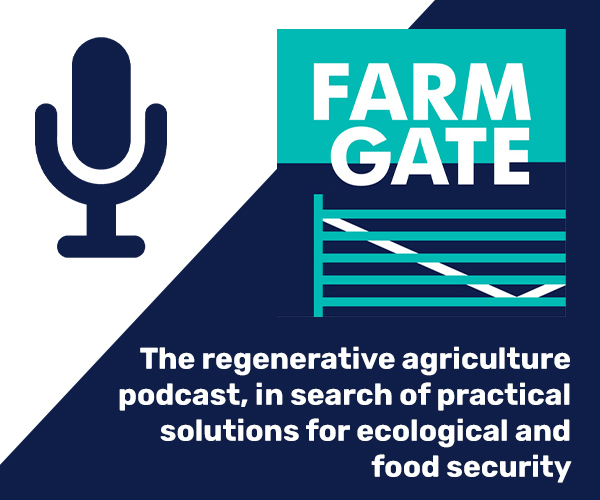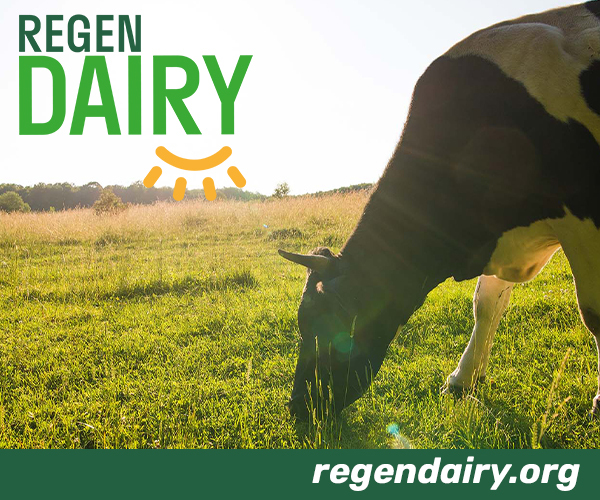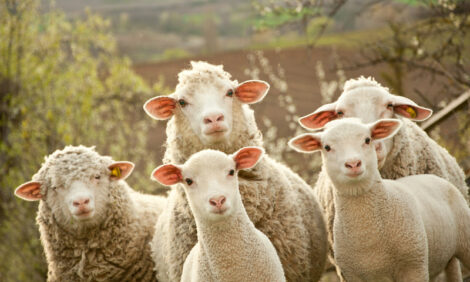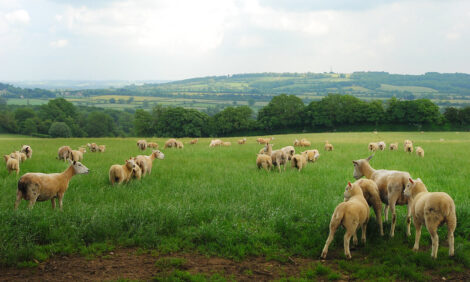



Well-managed pasture-based dairy farms outperform water-intensive systems
Indicators of the property’s dairy efficiency directly influence water productivityResults of a study by Embrapa Southeastern Livestock, in São Carlos, Brazil, showed that pasture milk production systems with good and well-managed production efficiency indicators showed higher water productivity than more intensive models such as semi-confinement and confinement. Water productivity is the ratio of the product (milk) to the liters of water used to produce it, considering both direct and indirect consumption.
According to researcher Julio Palhares, who coordinated the study, regardless of the type of system used by the farmer, water productivity is influenced by the indicators of the farm’s total milk production, the percentage of lactating cows, and the type of feed offered to the animals. The research assessed the water productivity of 67 dairy farms in southern Brazil. Out of these, 57 were pasture-based, seven were semi-confined and three were confined, all located in Lajeado Tacongava, one of the main dairy regions of Rio Grande do Sul state.
The properties are located in four cities: Serafina Corrêa, União da Serra, Guaporé and Montauri – which represent 81.7% of the total dairy farms in the region. All properties in semi-confined and confined production systems and 83.8% of those that adopt pasture-based system were analyzed. The study was published in the international journal Science of the Total Environment in partnership with the Leibniz Institute for Agricultural Engineering and Bioeconomy, the University of Caxias do Sul, and Rio Grande do Sul’s Emater.
In the pasture-based system, the milk’s water productivity ranged from 0.27 to 1.46 kilos of milk per cubic meter of water; in the semi-confined system, it ranged from 0.59 to 1.1 kilos of milk; in the confined system, it ranged from 0.89 to 1.09 kilos of milk per cubic meter of water. “The higher the water productivity, the better the use of water inside the gate”, Palhares explains. Of the pasture-based farms analyzed, 20 presented higher water productivity than all properties in the semi-confined system. When compared to the confinement model, the pasture-based one achieved similar results - higher water productivity was observed in 22 farms.
“The great variability of water productivity was expected, since the indicator is influenced by several production aspects, which reinforces the importance of assessing it on a large scale. High water productivity can be achieved regardless of the production system, as long as it is well managed”, the researcher explains.
Sustainability
Water is one of the most important production factors for dairy farming. It is essential for the production of animal feed, for livestock consumption and for cleaning services. According to Palhares, the suitable management of this resource in production systems needs to be implemented to make sure the dairy activity is sustainable.
“The assessment of water productivity allows to identify fragility points in the use of water and, consequently, to propose good practices for this use. Water productivity depends on the type of production system, species and breed of the animal, and the type and origin of the components of the animal feed. Thus, assessing water productivity in large scale is essential to help farmers understand water flows and optimize the use of this resource”, Palhares says
The adoption of good practices with the aim of achieving higher efficiency in water use not only reduces consumption but also improves water productivity. For the researcher, the fastest way to improve the value of water productivity is through the correct nutritional management, with an impact on reducing the cost of dairy production. According to him, a less intense system with high water productivity can mean lower production costs, less dependence on external inputs, lower absolute water requirement and less waste generated per area.
“The intensification of the dairy system is a global trend, mainly for economic reasons, such as to grow in scale. However, it is known that this intensification has environmental and social liabilities. If we can have high water productivity in less intensified systems, it is a point that contributes for the environmental viability of the production system and adds value to the product”, he explains.
When analyzing the intensification of production systems, such as confined farms, from the perspective of dairy productivity, these systems offer more advantage. But this perspective can no longer be the only one when assessing animal products. The environmental dimension must also be considered in its multiple aspects, such as water, greenhouse gas emissions, efficient use of nutrients and preservation of biodiversity.








